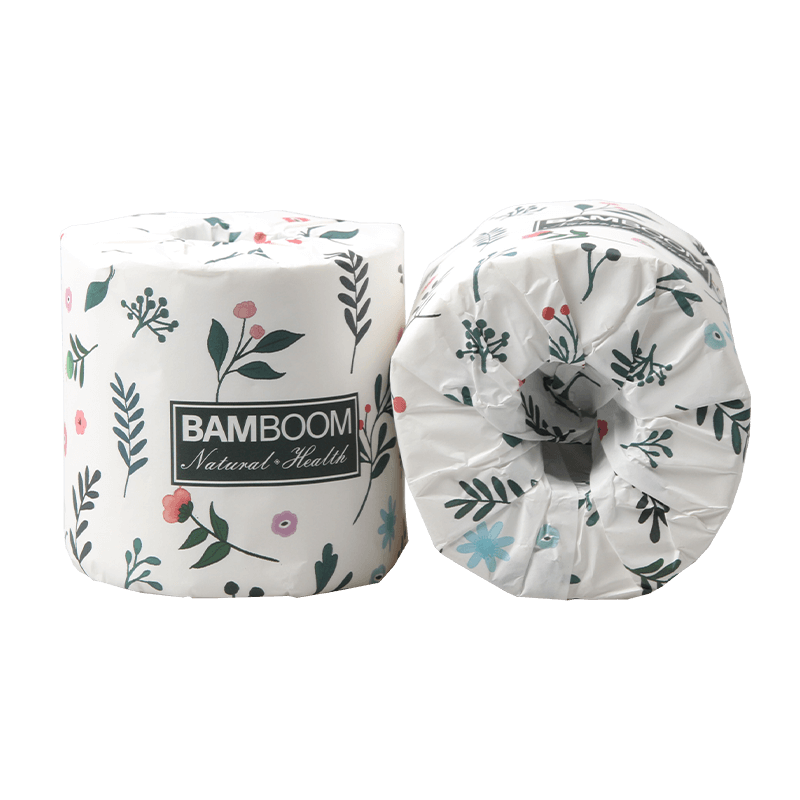Plastic-free Packaging in Bamboo Toilet Paper
In recent years, the quest towards sustainability has lead to major changes in consumer products including everyday necessities such as toilet paper. Traditional toilet paper comes with plastic packaging, leading to the plastic waste crisis. But manufacturers are now adopting plastic-free packaging for bamboo toilet paper, offering an eco-friendly alternative that is in line with a zero-waste life style.
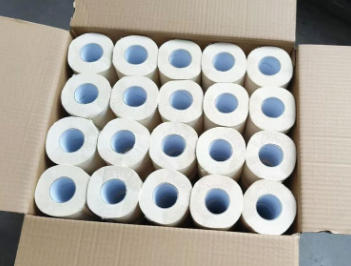
Why Use Bamboo Toilet Paper
In contrast to traditional toilet paper that is constructed from natural hardwood trees, bamboo toilet paper is a more sustainable choice. Bamboo, which grows at a rate of up to three feet per day. It requires no fertilizers or pesticides, and it regenerates itself using the roots of its own. It is a renewable, biodegradable resource that helps reduce carbon emissions and deforestation. When it is combined with non-plastic packaging bamboo toilet paper can be a sustainable product, from origin to store.
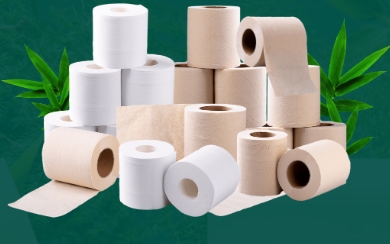
Why Plastic-free Packaging is Important for Bamboo Toilet Paper
1. Supporting the Full Environmental Potential of Bamboo
Bamboo is renowned for being one of the fastest growing plants on Earth that doesn’t require chemical pesticides, replanting or replanting. It also produces substantially lower carbon emissions than traditional paper made of trees. When it’s packaged in plastic the environmentally-friendly advantages from bamboo toilet paper is diminished. Packaging made of plastic, that could be a long time to break down it creates waste and pollution which directly counterbalance bamboo’s environmental advantages. By using packaging that is plastic-free manufacturers can ensure that the product’s sustainability from manufacturing to removal.
2. Reducing Single-Use Plastic Waste
Plastics with single-use use are a major pollutant in the world. Even items that are small like toilet wrappers for paper, contribute to the issue because of their huge amount and frequency of use. The plastic wrappers for toilet paper contribute to the volume of non-recyclable waste that is accumulating in oceans and landfills. If you switch to alternatives like recycled paper wraps and cardboard boxes, bamboo toilet paper brands can help decrease the use of plastic, and reduce the impact on the environment of products used in household hygiene.
3. Enhancing Compostability and Recycling
Packaging made of plastic is compatible with a circular economy concept. Contrary to plastic, which is a lingering issue in the ecosystem, paper-based and compostable packaging materials degrade naturally and are able to be reused or composted at the conclusion of their lifespan. This means that the whole product, including packaging, will be able to return to the earth, without causing harm. For those who are environmentally conscious and are able to compost and recycle their waste at home the use of plastic-free packaging provides the additional advantage of a seamless waste management.
4. Meeting Consumer Expectations for Sustainability
Nowadays, consumers are more aware of their environmental footprint than ever. They are more likely to avoid products packed in plastic, and opt for items that display a strong commitment to sustainable practices. Through the use of non-plastic packaging and bamboo toilet paper, brands are not just aligned with ecological principles but also create trust and inspire eco-conscious customers. Packaging, once thought of as a last resort is now a significant symbol of a brand’s ecological credibility.
5. Setting New Industry Standards
Since bamboo paper manufacturers take the lead in the transition to plastic-free packaging, they are raising the standards for the paper and hygiene products sector. Their innovations spur shifts across the industry and inspire the competitors to rethink their packaging strategies. This is a ripple effect that helps in promoting sustainable practices throughout the industry and is a part of a wider action against plastic dependence.
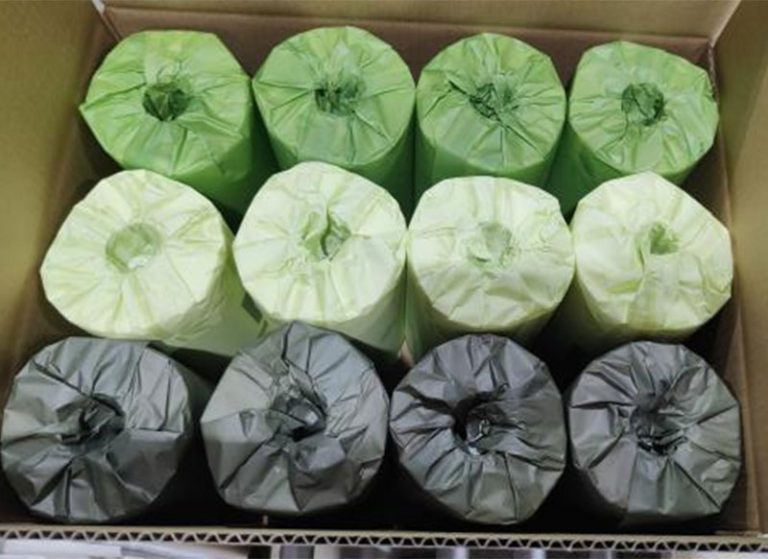
What do Plastic-free Packaging in Bamboo Toiler Paper Looks Like
Plastic-free packaging in bamboo toiler paper, involves more than simply replacing plastic with paper. It is a thoughtful, functional, and eco-conscious design approach that considers the full lifecycle of materials used.
1. Sustainable Materials as the Foundation
At the core of plastic-free packaging t is natural biodegradable, recyclable, or biodegradable materials. They include recycled paper cardboard, kraft and cornstarch-based films and mushrooms, and cellulose-based packaging. They decompose naturally and are usually suitable for composting at home or other recycling methods. The selection of these materials is contingent on the requirements of the product–durability and water resistance, cushioning or shelf appeal, all while staying clear of petroleum-based plastics.
2. Thoughtful Structural Design
Plastic-free packaging is typically designed to minimize weight and function. In lieu of foams or wraps made from synthetic materials it makes use of smart folding, locking tabs with built-in locks or padding made from recycled fiber. A box, for instance, could have a lid that locks itself which eliminates the requirement for glue or tape made of plastic. Bottles could be placed in moulded pulp trays instead of polystyrene foam. The design is designed to maximize the protection and usability, while minimizing the amount of material used and waste.
3. Compostable or Recyclable Seals and Labels
One of the most common mistakes on packaging includes the application of tapes made of plastic or labels, despite the fact that the other packaging components are green. In plastic-free packaging, each element is taken into consideration. Seals are usually composed of paper tape, water-activated kraft, and compostable glues. They use non-toxic inks like water-based or soy-based inks, which are recyclable or compostable. These little details will ensure that all packaging is in line with sustainable principles.
4. Innovative Alternatives to Plastic Wrap
When resistance to moisture or freshness is required, waxed and bio-based paper are utilized in lieu the plastic films. For example, food-grade paper coated with plant-based ingredients can be used as a wrapping material for food items that are perishable. Bamboo toilet paper brands can make use of unbleached wrappers for paper or water-proof papers treated with natural wax in place of shrink wrap. These alternatives offer the same functionality to plastic but without environmental disadvantages.
5. Bulk and Minimal Packaging
Another major benefit of packaging made from plastic is the removal of any excess materials. A lot of sustainable brands are embracing bulk packaging, offering large quantities of products without wrapping or packaging completely. For instance, a bundle of rolls for toilets may come in one recyclable container, without individual wrappers of plastic or the rolls could be wrapped in recycled paper.
6. Clear Messaging and Transparency
Packaging made of plastic is often marked with prominent messages that inform consumers about its sustainability benefits. It includes certified printed labels (like FSC, compostable, or recycled logos) as well as disposal instructions and clear descriptions of the environmentally friendly materials used. Transparency not only informs the consumer, but also helps build confidence in the brand’s dedication to sustainability.
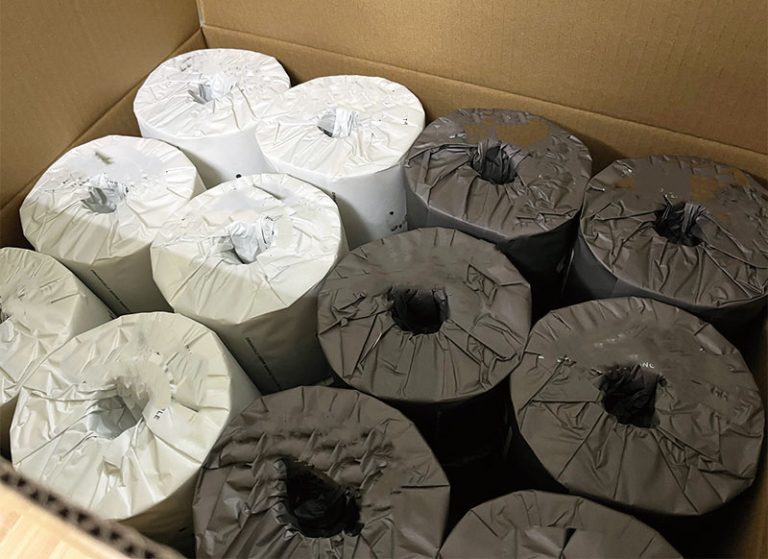
Benefits of Bamboo Toilet Paper with Plastic-free Packaging for Consumers
| Benefit for Consumers | Description |
| Eco-Conscious Living | Helps customers make sustainable choices during their the daily routine of hygiene. |
| Zero Plastic Waste at Home | Reduces the amount of non-recyclable plastics in household garbage. |
| Safe and Non-Toxic Packaging | Free of microplastics and harmful chemicals It is safe for people of all ages. |
| Easy Disposal | The packaging can then be composted and recycled, which simplifies waste management. |
| Stylish and Minimalist Design | Paper wrapping gives a neat natural appearance that is suitable for contemporary bathrooms. |
| Supports Ethical Brands | This product is a great way to support companies that value sustainability. |
| Positive Effects with Every Purchase | Every roll you use contributes to less deforestation as well as ocean pollution. |
| Health-Friendly Alternative | Bamboo is hypoallergenic and naturally gentle on skin with sensitive sensitivity. |
| Encourages Eco-Friendly Habits | Promoting a wider shift towards the use of less plastic and a low-waste lifestyle. |
| Sense of Responsibility and Well-Being | Peace of mind through decreasing personal environmental impact. |

Challenges and Solutions in Plastic-free Packaging for Bamboo Toilet Paper
| Challenge | Description | Solution |
| Moisture Protection | Paper-based packaging is more susceptible to moisture than plastic packaging, posing the risk of product damage. | Utilize wax-coated papers natural water repellent coatings or compostable bio-films, to guard against the effects of humidity. |
| Durability During Shipping | Wraps of paper can be damaged or ripped when being transported, compromising the product’s integrity. | Utilize recycled paper that is stronger, double-wrapping techniques and rigid cardboard boxes to transport your items. |
| Maintaining Hygiene Standards | Without plastic, ensuring that the product is sanitary could be more difficult. | Use sterile packing facilities and seal the wrapping paper to maintain hygiene. |
| Higher Packaging Costs | Environmentally friendly materials and processes typically are more expensive than plastics that are used for everyday use. | Reduce costs by bulk material procurement eco-friendly packaging incentives, as well as process optimization. |
| Limited Availability of Materials | Alternatives to plastic that are sustainable aren’t always readily available or standard. | Make investments in research and partnerships that will help develop sustainable, locally-sourced compostable materials. |
| Consumer Perception of Quality | Certain consumers might perceive the products wrapped in paper as less hygiene-conscious or as less high-end. | Make use of clean, minimal designs, with labels that emphasize the environmental benefits. |
| Machinery Compatibility Issues | Plastic packaging machines can’t handle paper well. | Modify the existing equipment or purchase new ones specifically designed for packaging made of paper. |
| Shorter Shelf Life | Paper-based packaging may degrade or fade more quickly than plastic, particularly in humid climates. | Improve storage facilities that are climate-controlled and come up with papers that are water-resistant. |
| Regulatory and Labeling Challenges | Eco-friendly packaging must comply with various regulations in different regions, specifically for products with a high degree of hygiene. | Design packaging to meet international standards, and have clearly labeled disposal instructions. |
| Scaling Production Efficiently | Switching to plastic-free materials can delay the growth of manufacturing. | Improve efficiency with the latest packaging technology and create partnership agreements in the supply chain to meet the demand. |
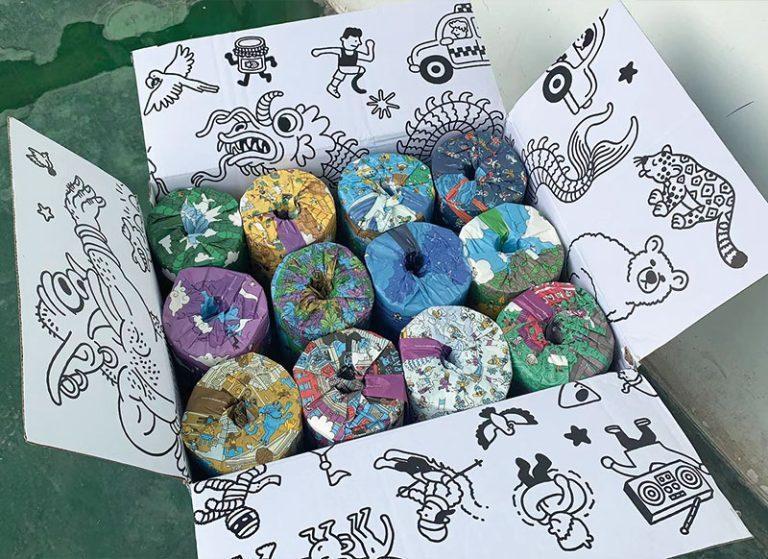
Future Outlook of Plastic-free Packaging in Bamboo Toilet Paper
Growing Consumer Demand for Zero-Waste Products
With more people actively looking for alternatives that are zero waste and products that don’t use plastics at all times is predicted to grow. Toilet paper manufacturers made of bamboo are likely to adopt completely recyclable and compostable packaging to match this change in preferences. Consumers aren’t only selecting eco-friendly products, they are seeking transparency, accountability and authenticity in packaging too.
Innovations in Sustainable Packaging Materials
Packaging solutions for the future will depend on cutting-edge biodegradable, plant-based materials, water-resistant papers and biodegradable coatings. These materials will provide protection and shelf-stability that was previously available only by using plastic. Manufacturers will likely collaborate with companies in the field of material science to develop functional solutions that will ensure hygiene, without jeopardizing the environment’s goals.
Regulatory Support and Policy Changes
The regulatory and government bodies all over all over the world are introducing restrictions on single-use plastics as well as encouraging eco-friendly alternatives. This trend will push more companies to eliminate the use of plastics in their packaging. Tax incentives, incentives and certificates for packaging that is plastic-free could increase adoption in the toilet paper made from bamboo.
Supply Chain Optimization and Cost Reduction
At present, the price of packaging made from plastic is still greater than the conventional plastic alternatives. As technology advances and the economies of scale expand the use of sustainable packaging will become affordable and cost-effective. Companies that begin investing into sustainable supply chain can gain an advantage in competition while decreasing the cost of production in the long run.
Brand Differentiation Through Sustainability
In an ever-growing market there are many brands of bamboo toilet paper which use packaging that is plastic-free will make a mark. Eco-friendly packaging will be a major branding element and will feature packaging that emphasizes the natural material, minimal designs and eco-labels. The storytelling around sustainability will play an important part in ensuring that consumers are loyal to brands and positioning of the brand.
Integration with Smart and Circular Packaging
The next decade will also witness the emergence of smart packaging solutions that utilize RFID codes or AR or mobile apps to educate consumers about how to dispose of packaging properly or follow the product’s lifespan. Additionally circular packaging solutions like refill or take-back programmes, may appear to help promote sustainability through closed loops.
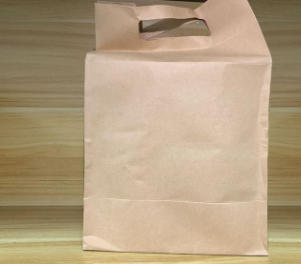
Summary
Plastic-free packaging in bamboo toilet paper is more than just a green trend and It is an important step towards an eco-friendly, cleaner world. By choosing products that respect both natural resources and sustainable packaging, consumers are able to make choices which reflect their long-term environmental values.

